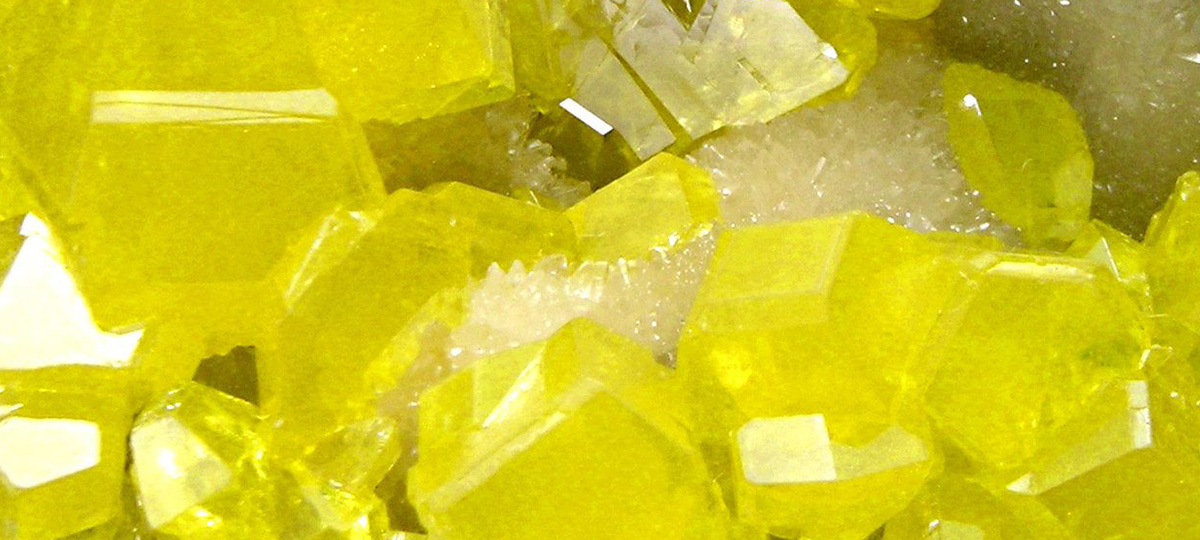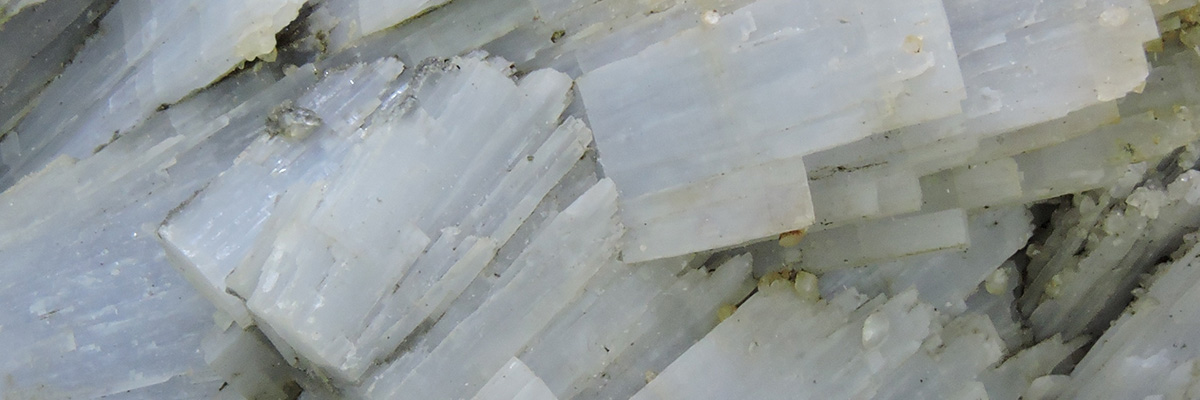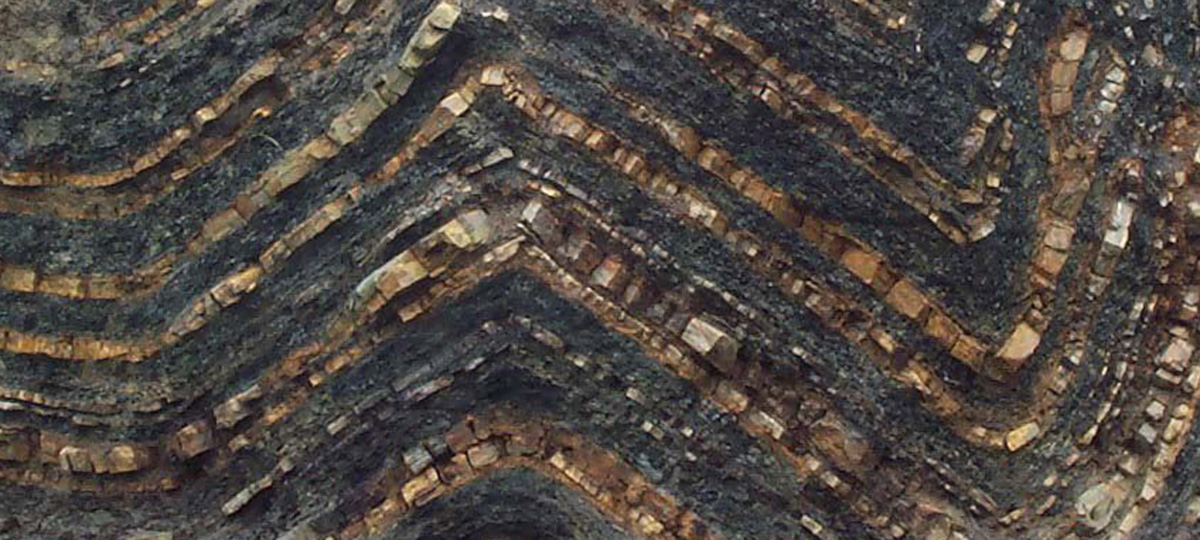Sulfate minerals are an essential group of minerals formed by the combination of sulfate ions (SO4²⁻) with metal cations, such as calcium, magnesium, and iron. They are typically found in sedimentary rocks, hydrothermal veins, and volcanic rocks. The most common sulfate minerals include gypsum, anhydrite, barite, and celestine. These minerals exhibit colors ranging from colorless, white, yellow, brown, to blue, depending on their composition.
Types
There are several types of sulfate minerals, but the most common ones include gypsum, anhydrite, barite, and celestine.
- Gypsum (calcium sulfate dihydrate): A commonly found mineral in sedimentary rocks, gypsum displays a characteristic white color and is used in the production of plaster, cement, and as a fertilizer.
- Anhydrite (calcium sulfate): Less common than gypsum, anhydrite is often found in association with other evaporite minerals. It serves as a source of sulfur for the chemical industry.
- Barite (barium sulfate): Found in sedimentary rocks and hydrothermal veins, barite is known for its high density and is commonly used as a drilling mud in the oil and gas industry.
- Celestine (strontium sulfate): With its characteristic blue color, celestine is found in sedimentary rocks and evaporite deposits. It is sometimes used as a gemstone.
Properties
Sulfate minerals possess several important physical and chemical properties. They are generally soft and brittle, with a Mohs hardness of 3 or less. They exhibit a characteristic cleavage in one or more directions and can be either transparent or translucent.
Sulfate minerals are usually soluble in water and have a characteristic bitter taste. They can also be identified by their crystal structure, which is typically orthorhombic or monoclinic.
Significance
Sulfate minerals hold significant importance in various fields. In geology, they can provide crucial insights into the geological history of an area and the processes that have occurred. For example, the presence of gypsum can indicate the existence of an evaporite deposit, which can offer insights into the ancient environment.
Sulfate minerals also have essential commercial and industrial uses. Gypsum is utilized in the production of plaster, cement, and as a fertilizer. Barite is used as a drilling mud in the oil and gas industry, while anhydrite serves as a source of sulfur for the chemical industry.
Sulfate minerals can also have environmental significance. They can be indicators of the presence of acid mine drainage, which can have significant impacts on water quality and the environment. Understanding the formation and distribution of sulfate minerals is vital for managing and mitigating the environmental impacts of their extraction and use.
Examples
-
Anhydrite
Anhydrite is a calcium sulfate mineral belonging to the class of sulfates. It is the anhydrous counterpart of gypsum, meaning it lacks water molecules in …
-
Barite
Barite, also known as baryte, is a sulfate mineral belonging to the class of anhydrous sulfates. This mineral is characterized by its tabular or prismatic …
-
Celestine
Celestine, also known as celestite, is a strontium sulfate mineral belonging to the class of anhydrous sulfates. The mineral is known for its captivating sky-blue …
-
Epsomite
Epsomite is a hydrous magnesium sulfate mineral known for its colorless to white appearance, with a transparent to translucent quality. It exhibits a vitreous luster …
-
Gypsum
Gypsum is a soft, hydrous calcium sulfate mineral belonging to the class of sulfates. It is characterized by its clear to white, sometimes tinted color …
-
Kieserite
Kieserite is a magnesium sulfate mineral known for its colorless to white or pale gray appearance and its vitreous to earthy luster. This mineral often …
-
Melanterite
Melanterite is a hydrous iron sulfate mineral belonging to the class of sulfates. Its general physical characteristics include a vitreous luster, a green to blue-green …
-
Polyhalite
Polyhalite is a hydrous potassium calcium magnesium sulfate mineral known for its white to grayish color, with occasional reddish or yellowish tints. This mineral exhibits …

Related Posts
-
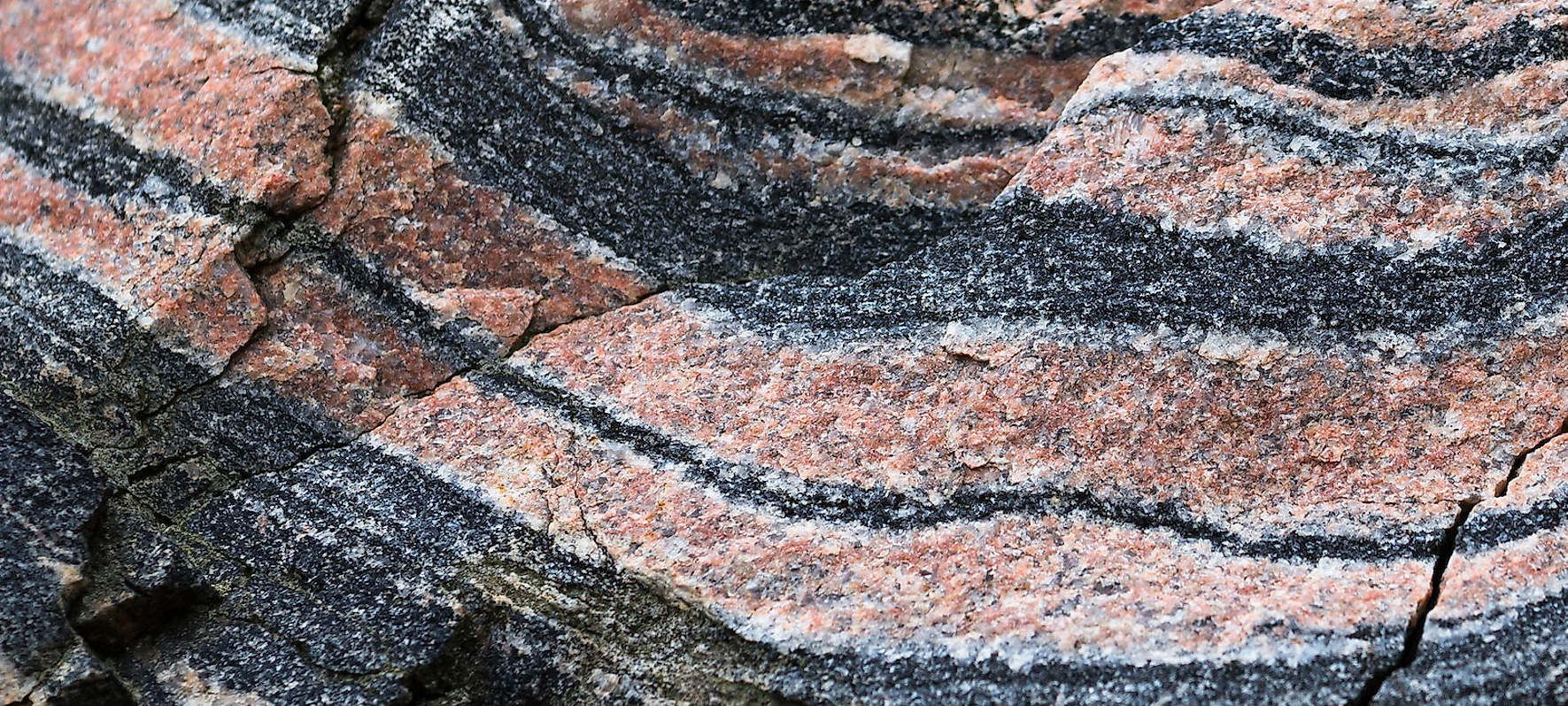
Metamorphic
Metamorphic rocks are a fascinating class of rocks that have undergone transformation due to intense heat, pressure, or mineral exchange deep within the Earth’s crust. …
-
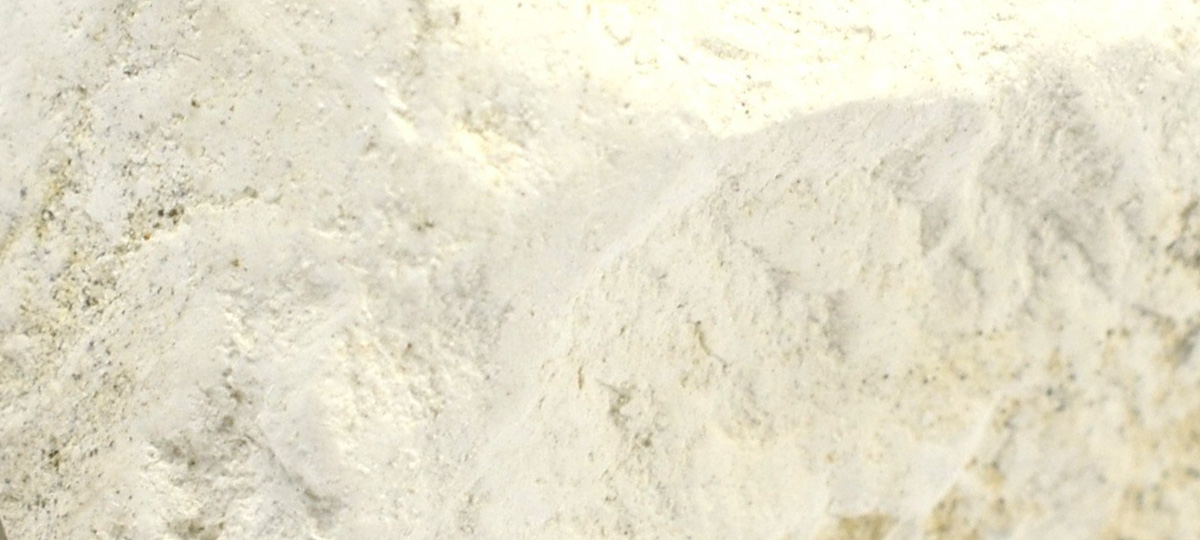
Organic Sedimentary
Organic sedimentary rocks are unique formations derived from the accumulation and preservation of plant and animal remains, providing a window into Earth’s biological history. These …
-

Chemical Sedimentary
Chemical sedimentary rocks are formed from the precipitation of dissolved minerals from water, often due to changing environmental conditions. These captivating rocks offer valuable insights …
